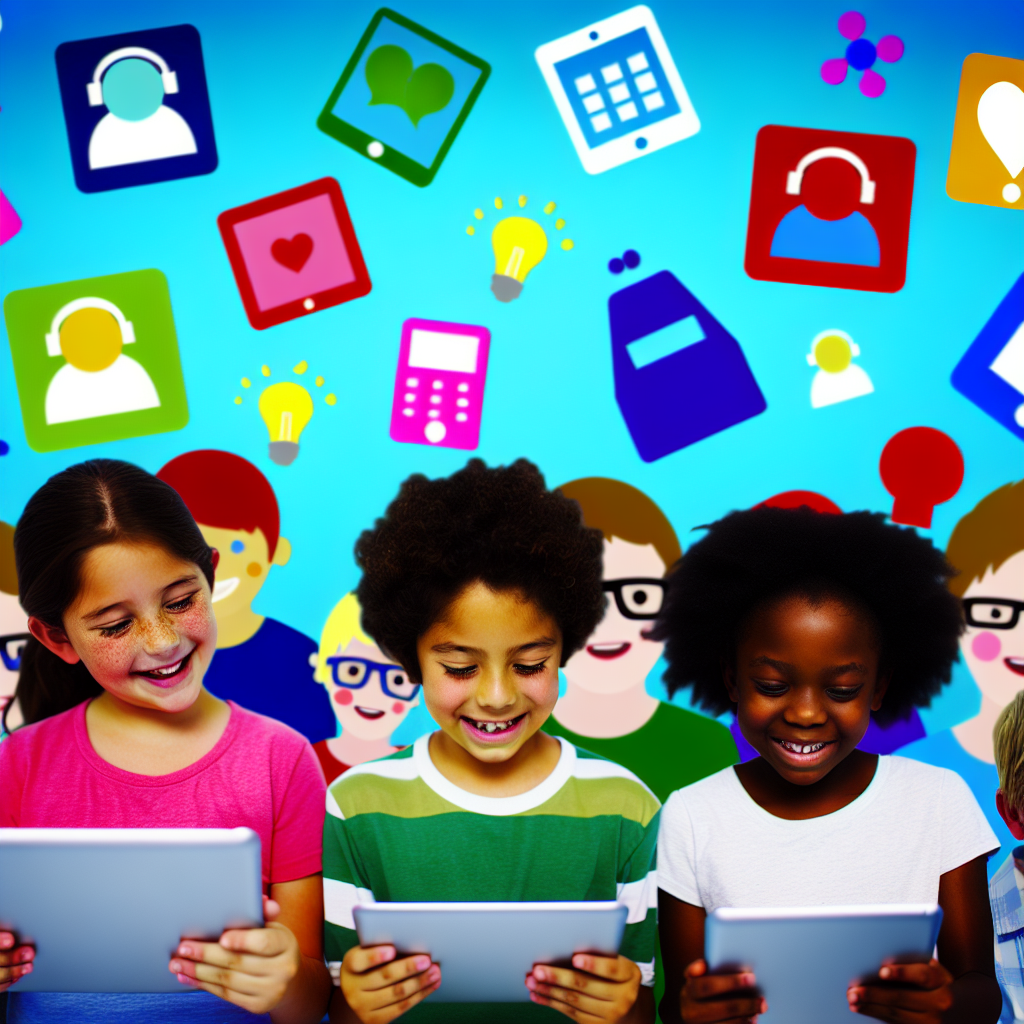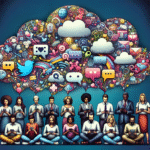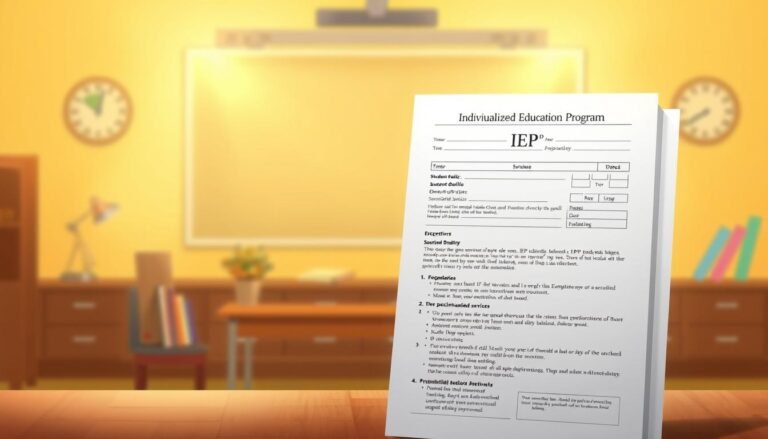
Harnessing Technology: Essential Tools and Apps that Assist Children with Learning Disabilities
Introduction
In today’s rapidly advancing digital world, the phrase "Harnessing Technology: Tools and Apps that Assist Children with Learning Disabilities" has emerged as a guiding mantra for educators and caregivers alike. The significance of this topic cannot be overstated—children struggling with learning disabilities require tailored support to unlock their potential and thrive in both academic and personal spheres. Technology offers an array of innovative solutions that can bridge these gaps, transforming challenges into opportunities for growth and success. This article will explore the essential tools and applications available, highlighting their effectiveness, real-world applications, and case studies that demonstrate their profound impact.
Understanding Learning Disabilities
Before delving into specific technologies, it’s vital to grasp what learning disabilities (LD) encompass. Learning disabilities include a range of neurological disorders that affect the brain’s ability to receive, process, or respond to information. Common examples include dyslexia, dysgraphia, and attention deficit hyperactivity disorder (ADHD). Children with these conditions often face challenges in reading, writing, math, and social interactions, making it crucial to identify effective assistive tools for their educational journey.
The Role of Technology in Education
The integration of technology in education has revolutionized learning, particularly for children with LD. Educators and parents can now leverage various digital platforms, apps, and tools to create customized learning experiences that cater to individual needs. The impact of technology is profound; it not only aids in skill development but also boosts confidence and motivation among learners.
Tools and Apps that Assist Children with Learning Disabilities
1. Text-to-Speech Software
Text-to-speech software is a lifeline for children with dyslexia and other reading-related disabilities. Tools like Read&Write and NaturalReader convert written text into spoken words, allowing students to absorb information aurally.
Case Study: Emily’s Journey with Read&Write
Emily, a fourth grader diagnosed with dyslexia, struggled with reading comprehension. After her school integrated Read&Write into its curriculum, Emily started listening to her textbooks. The transition was transformative; she not only improved her reading skills but also gained the confidence to participate in class discussions.
2. Speech-to-Text Applications
For children with writing difficulties, such as dysgraphia, speech-to-text technology can be invaluable. Apps like Dragon NaturallySpeaking and Google Docs Voice Typing enable students to articulate their thoughts verbally, converting them into written text.
Case Study: Jason Overcomes Writing Challenges
Jason, who experiences severe dysgraphia, often found it difficult to express his ideas on paper. Utilizing Dragon NaturallySpeaking, he was able to dictate his essays clearly. As a result, his academic performance improved, and he no longer felt overwhelmed by writing assignments.
3. Graphic Organizers
Graphic organizers help children visualize their thoughts, making it easier to plan and structure writing tasks. Tools like Inspiration and MindMeister allow students to create mind maps and diagrams, catering to visual learners.
Case Study: Sarah’s Mind Mapping Success
Sarah, a student with ADHD, struggled to organize her thoughts during writing assignments. After using MindMeister, she found a way to map out her ideas visually. This not only streamlined her writing process but also allowed her to express her creativity more effectively.
4. Math Assistance Apps
Learning disabilities can significantly impede mathematical understanding. Applications like ModMath and Khan Academy offer accessible platforms for practicing math concepts at a learner’s own pace.
Case Study: Tommy’s Mathematical Breakthrough
Tommy, who has a learning disability affecting his math skills, discovered Khan Academy. Through personalized lessons that adapted to his learning speed, Tommy not only improved his math scores but also developed a newfound enthusiasm for the subject.
| App Name | Target Learning Area | Key Features |
|---|---|---|
| Read&Write | Reading | Text-to-speech, text highlight |
| Dragon NaturallySpeaking | Writing | Voice-to-text, customizable vocab |
| MindMeister | Writing/Organizing | Mind maps, collaboration features |
| ModMath | Math | Interactive problems, visual aids |
5. Interactive Learning Platforms
Interactive platforms like Lexia and IXL offer personalized learning paths for children with LD. By adapting to a student’s specific needs, these tools provide targeted support in areas where they struggle.
Case Study: Liam’s Interactive Learning Experience
Liam, who has difficulties with reading fluency, benefited from Lexia, an interactive reading platform. The continuous feedback and adaptive learning strategies offered by Lexia enabled Liam to progress through levels at his own pace, resulting in significant improvements.
The Importance of Collaboration
Implementing technology effectively requires collaboration among parents, educators, and therapists. Joint efforts not only ensure that children receive consistent support but also provide a holistic approach to their learning journey.
Building a Support Network
Parents can advocate for their children by identifying effective technologies and communicating with educators about incorporating them into the classroom. Ongoing training for teachers on how to use these tools can further amplify their impact.
Conclusion
Harnessing Technology: Tools and Apps that Assist Children with Learning Disabilities is not just a collection of resources; it is a pathway to success. By leveraging these digital tools, we can create an inclusive educational environment that celebrates diversity and empowers every learner. The stories of Emily, Jason, Sarah, and Tommy illustrate the undeniable benefits of technology, turning adversity into triumph.
As we move forward, let us remember that the journey does not end with discovering these tools. Continuous advocacy, collaboration, and adaptation are essential to ensure that each child receives the support they need to flourish. Together, we can reshape the educational landscape for children with learning disabilities, giving them the opportunity to shine.
FAQs
1. What types of learning disabilities can technology assist with?
Technology can assist with various learning disabilities, including dyslexia, dysgraphia, ADHD, and more, by providing tailored tools that address specific challenges.
2. Are these tools effective for all children?
While many children benefit from technology, it’s essential to select tools that match their unique needs. Individual assessments can help in determining the best fit.
3. Can these tools replace traditional teaching methods?
Technology is meant to complement traditional teaching methods, not replace them. A blended approach is often most effective in supporting diverse learners.
4. How can I introduce these tools to my child’s school?
Start by discussing the potential benefits with teachers or school administrators. Presenting case studies and research can help make a compelling argument for integration.
5. Are there costs associated with these tools?
Many tools and apps offer free versions; however, premium features may require a subscription. Researching options can help find budget-friendly solutions.
By understanding and embracing the vast array of resources available, we can set children with learning disabilities on a path toward triumph and achievement.
















